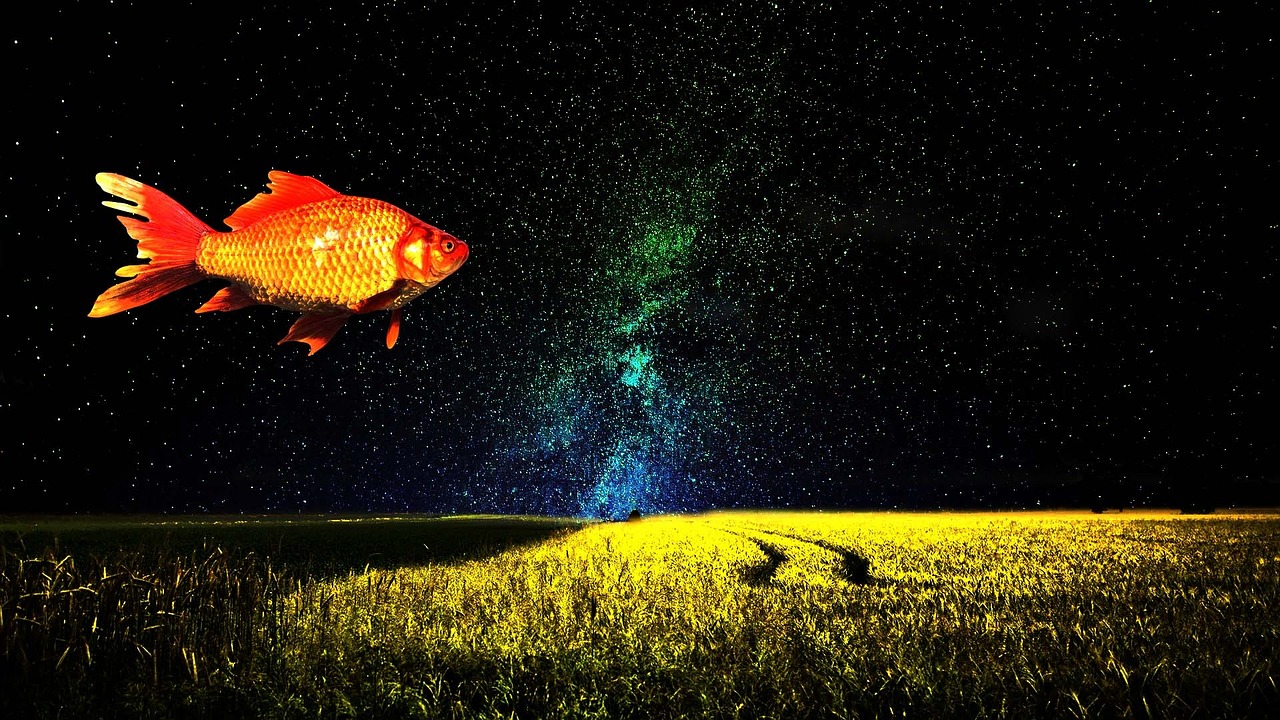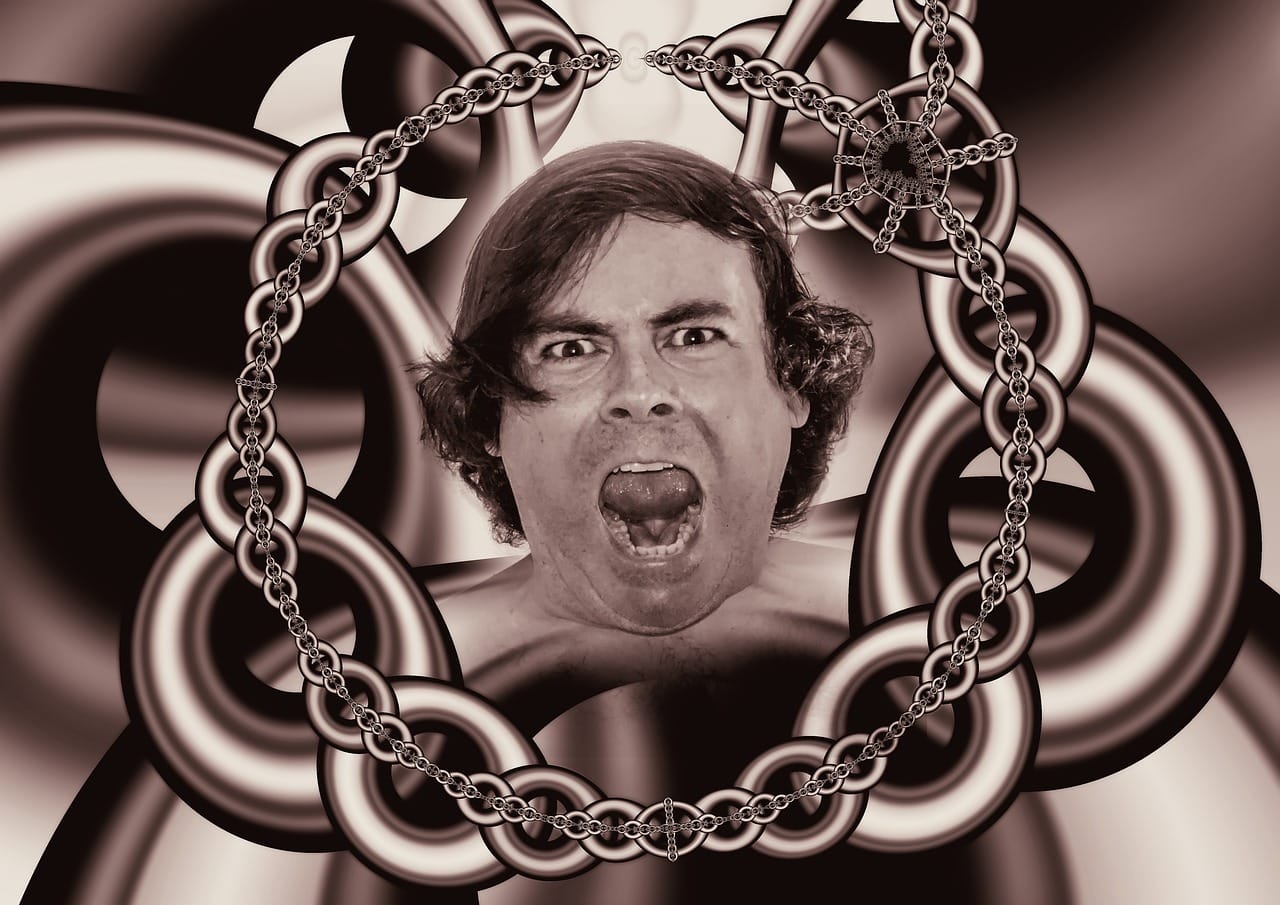
A hallucination is a perception that lacks an object.
Hallucination is the action of being hallucinated or becoming hallucinated , that is, becoming confused or delusional . This verb can also refer to surprise, astonish or dazzle. The concept has its origin in the Latin term allucinatio .
The first person who knew how to define hallucination was the psychiatrist Jean-Etienne Dominique Esquirol in 1837 , who determined that they were perceptions without an object. This means that there are no elements in the outside world that can really cause them.
A hallucination, therefore, consists of a sensation of a subjective nature that is not anticipated by an impression that influences the senses . In other words, it is a false perception because it does not refer to any specific external physical stimulus but which, nevertheless, the person claims to feel.
Characteristics of a hallucination
Specialists consider hallucination to be pseudo-perception . It is not the same as an illusion , since this consists of perceiving stimuli in a distorted way. Hallucinations, experts indicate, can take place under multiple sensory modalities: visual, auditory, tactile, olfactory, gustatory, etc.
As an experience, hallucination is studied by various sciences , such as psychology , psychiatry and neurology . The concept is usually mentioned in diseases such as schizophrenia and epilepsy , in narcotic drug use, in mystical and religious experiences, and even in sleep disorders.
In the book "Don Quixote of La Mancha" , on the other hand, you can find several moments in which the protagonist is a victim of hallucinations and brings fantastic elements to reality , which he had extracted from the chivalric novels he had read. previously voraciously. For him, everything happened just as he saw it, although the giants were nothing more than windmills and his precious Rocinante was an old, bony horse.

Sometimes hallucinations are associated with psychiatric disorders.
Link with schizophrenia
In schizophrenia, the most common way in which hallucinations occur is through voices that refer to the patient giving them orders. They often hear their own thoughts that escape them and sound outside, so that everyone can hear them.
There are several types of hallucinations, according to how they affect the person. For most of them there are scientific explanations, however those that lack one are usually explained as paranormal phenomena:
Visual : More or less clear images, they can be flashes, clear or flash scenes or organized appearances. They are the most frequent along with auditory ones and usually follow from clouding of consciousness .
Auditory : stimuli that are perceived through hearing, they can be whistles, knocks, words without apparent meaning or direct phrases with instructions. One of the peculiarities of this type of hallucinations is that the person suffering from them can say exactly where the person speaking to them is located. It usually occurs in patients with schizophrenia or another chronic condition and the consequences may be that the affected person carries out all types of harmful actions caused by this state.
Olfactory : they are perceived through smell and are usually the cause of fear. In the case of schizophrenics, for example, they may notice the smell of poisonous gases that someone has released with the desire to kill them. Other cases in which they usually appear are in patients with epilepsy or chronic depression.
Tactile : Sensations that are perceived through the skin. It occurs, for example, in patients addicted to cocaine during periods of abstinence ; they perceive as if an insect was moving above and below their skin. They can present as vibrations, electrical shocks, sexual sensations or cold or warm winds that rub against the body and occur especially in schizophrenia patients with a chronic state of the disease.
Gustative : they add a different flavor to the food than what it has. In schizophrenia patients, due to the fear of being poisoned, they often feel a strange taste in what they eat. It also usually occurs in patients with epilepsy .
Somatic : occurs in individuals with a severe schizophrenia condition and consists of proprioceptive sensations, with pains in the head or body that do not physically exist. This type of hallucination results in zopathic delirium , which involves the sensation of having an animal inside the body; patients claim to feel it and know it.
Consequences of a hallucination
The consequences of a hallucination can be: insecurity and fear , aggression towards oneself, other people or objects, inability to differentiate between what is real and what is a product of the imagination, guilt and shame when recognizing hallucinatory experiences, manipulation (avoiding responsibilities due to "hallucinations"), delusional ideas , among others. It is essential that those who suffer from them are efficiently treated in order to provide them with security in themselves and their environment, interrupt the cycle of hallucinations, bringing them to rational terms so that the patient can recognize them and reduce the anxiety that they generate. .
Finally, it is worth mentioning that among the theories about the cause of hallucinations, the most widespread are those that point to deficits in the normal work of the brain and the synaptic links between hair cells and those found in the brain stem and in the occipital-temporal lobes. However, beyond this, various studies have shown that hallucinatory-type situations are common at a general level. About 10% of individuals experience subtle or mild hallucinations. Even 39% of people have ever experienced a severe hallucination.
